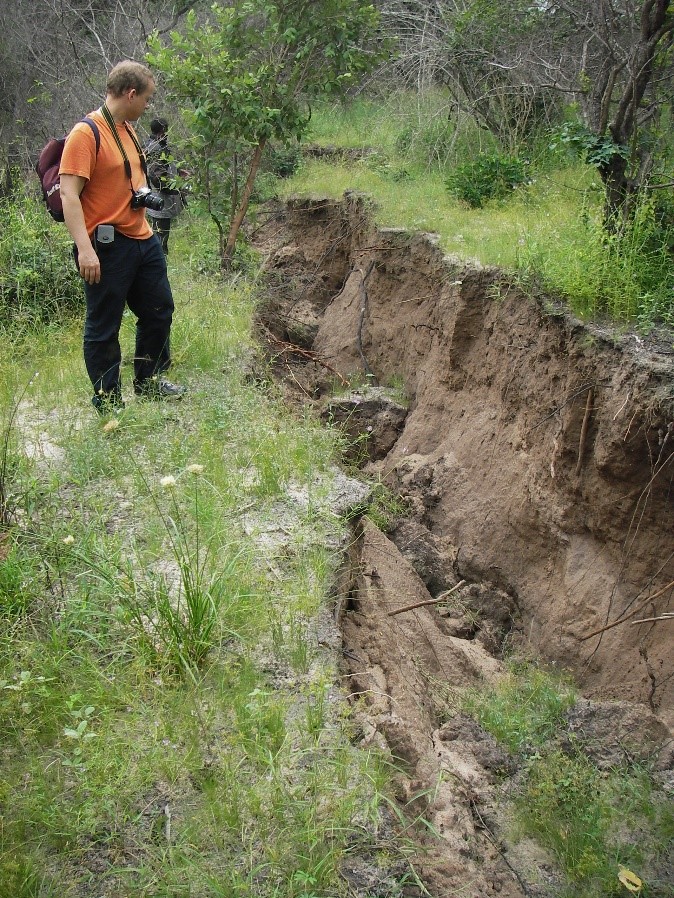The 17th Mallet-Milne Lecture
Julian J Bommer
Earthquake Hazard and Risk Analysis for Natural and Induced Seismicity:
Toward Objective Assessments in the Face of Uncertainty

Synopsis
In recognition of his contributions to both research and practice, Julian Bommer was selected to give the 17th Mallet-Milne Lecture. The lecture provided insights from 35 years of experience in seismic hazard studies for major engineering projects around the world, including major dams, bridges, pipelines and the expansion of the Panama Canal, as well as work as an expert witness on several earthquake-related disputes. A significant portion of Julian’s work has been for nuclear sites, working as an advisor to the Office for Nuclear Regulation in the UK and as a consultant on projects in Abu Dhabi, Brazil, Romania, Spain, South Africa, Switzerland and the United States. A key challenge in all these projects has been the identification, quantification and, where possible, reduction, of uncertainties, which often involves overcoming preconceived views. Examples were presented in the lecture of the discovery of previously unknown active faults, on the one hand, and cases of mapped faults subsequently found to be less active than previously assumed, on the other. Professor Julian Bommer has contributed, as a consultant, to the US Nuclear Regulatory Commission, to procedures developed precisely for managing uncertainty and challenging cognitive bias in seismic hazard analyses, and the effectiveness of these concepts were also discussed. Julian also described how some of these projects have illustrated that they are challenges not only in making impartial scientific evaluations but that the preconceptions of stakeholders can also impede the objective application of the hazard assessments in decision making.
Access
The lecture was recorded and can be viewed online.
The manuscript accompanying the lecture has been published in the Bulletin of Earthquake Engineering and is freely available through open access. The manuscript, which describes the state-of-the-art for the application of seismic hazard analysis in major, energy-related infrastructure projects in a methodical and insightful manner, will be a valuable resource for seismologists and earthquake engineers for years to come. A limited number of printed copies of the manuscript remain available for purchase for UK residents only (at £15 per copy plus postage). If you would like to purchase one or more copies, please email your full name, postal address and number of copies required to
Biography
After graduating with a degree in Civil Engineering and a masters in Geotechnical Engineering, Julian completed a PhD under the supervision of Professor Nick Ambraseys, the first of his many mentors in the field of engineering seismology. In the inaugural Mallet-Milne lecture, presented during Julian’s doctoral studies, Ambraseys said "There is little room in Engineering Seismology for 'armchair' seismologists and engineers" and Julian took this admonition to heart, undertaking field studies of damaging earthquakes in many locations around the globe including California, Colombia, Italy, Japan, Mozambique, Peru and Turkey. Julian gratefully recalls the advice to travel to earthquake sites, not only for the lessons learned directly in the field but also for the opportunities often opened up by such ventures. Julian notes in particular the far-reaching consequences of his very earthquake first field reconnaissance and the impact it had on his career. As part of a small EEFIT team, Julian visited the Central American republic of El Salvador following a destructive earthquake that struck the capital in October 1986. Through contacts established in San Salvador during the field reconnaissance, Julian returned to El Salvador after completion of his PhD and worked at the Jesuit university from 1993 to 1994, before taking up an academic position at Imperial College. In 2001, Julian returned to El Salvador for another field reconnaissance visit following a major subduction earthquake. One of the objectives of the study was to gather strong-motion data, including from an accelerograph network installed under his direction in 1996 with EU funding. Julian also visited the geothermal energy company to request recordings from their instruments. When he arrived at their offices in Berlín, his contact was in a meeting with representatives from Shell who were discussing an enhanced geothermal project to be carried out in a depleted well. Julian ended up participating in that meeting, since the discussions had just turned to the possibility of induced earthquakes and managing the potential risk. This became Julian’s first engagement in the field of induced seismicity, which resulted in the design and implementation of the first documented ‘traffic light system’ (TLS). The TLS was subsequently adapted for the Basel Deep Heat Mining project in Switzerland and Julian became involved as an advisor to that project, and has since worked on seismic hazard and risk assessment and mitigation projects related to induced earthquakes in many countries, including the Groningen gas field in the Netherlands and a major oil field in Colombia. He has also undertaken work related to hydraulic fracturing in the UK for the Oil & Gas Authority.
Julian views induced seismicity as an exciting and important challenge for engineering seismology and earthquake engineering, highlighting very clearly that seismic hazard can never really be decoupled from earthquake risk, a key theme of this Mallet-Milne lecture. Julian will discuss the opportunities and potential pitfalls in adapting seismic hazard analysis and earthquake risk mitigation to induced seismicity, arguing that if objectivity and impartiality are sometimes difficult goals to achieve for stakeholders when dealing with natural earthquakes, then this is an even greater challenge when confronted with seismicity of anthropogenic origin. Through a number of case histories, the lecture will highlight both successes and failures in objective assessment of induced seismic hazard and risk, and reflect on perspectives both for reducing uncertainty and for facilitating decision-making that at least begins with an impartial estimate of seismic risk.


